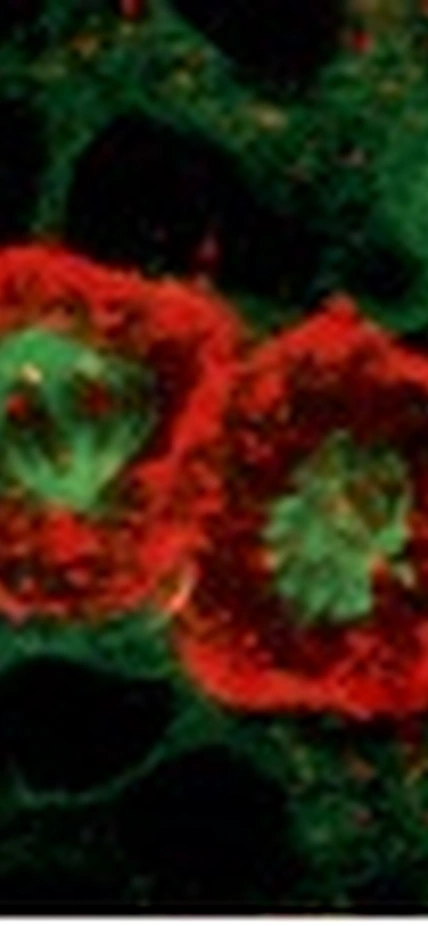Baltimore, MD—Mammalian females ovulate periodically over their reproductive lifetimes, placing significant demands on their ovaries for egg production. Whether mammals generate new eggs in adulthood using stem cells has been a source of scientific controversy. If true, these “germ-line stem cells” might allow novel treatments for infertility and other diseases. However, new research from Carnegie’s Lei Lei and Allan Spradling demonstrates that adult mice do not use stem cells to produce new eggs. Their work is published by the Proceedings of the National Academy of Sciences the week of April 29
Before birth, mouse and human ovaries contain an abundant supply of germ cells, some of which will develop into the eggs that will ultimately be released from follicles during ovulation. Around the time of birth these germ cells have formed a large reserve of primordial follicles—each containing a single immature egg. Evidence of new follicle production is absent after birth, so it has long been believed that the supply of follicles is fixed at birth and eventually runs out, leading to menopause.
During the last decade, some researchers have claimed that primordial follicles in adult mouse ovaries turn over and that females use adult germ-line stem cells to constantly resupply the follicle pool and sustain ovulation. These claims were based on subjective observations of ovarian tissue and on the behavior of extremely rare ovarian cells following extensive growth in tissue culture, a procedure that is capable of “reprogramming” cells.
Lei and Spradling used a technique that allows individual cells and their progeny within a living animal to be followed over time by marking the cells with a new gene. This general approach, known as lineage-tracing, has been a mainstay of classical developmental biology research and has greatly clarified knowledge of tissue stem cells during the last decade.
Their research showed that primordial follicles are highly stable, and that germ-line stem cell activity cannot be detected, even in response to the death of half the existing follicles. The research placed a stringent upper limit on the stem cell activity that could exist in the mouse ovary and escape detection--one stem cell division every two weeks, which is an insignificant level.
What about the rare stem-like cells generated in cultures of ovarian cells? According to Spradling, these cells “likely arise by dedifferentiation in culture,” and “the same safety and reliability concerns would apply as to any laboratory-generated cell type that lacks a normal counterpart” in the body.
Image Caption: Developing cells in the ovary of a 13.5-day-old mouse embryo.
__________________
Funding for this research was provided by the Howard Hughes Medical Institute.
